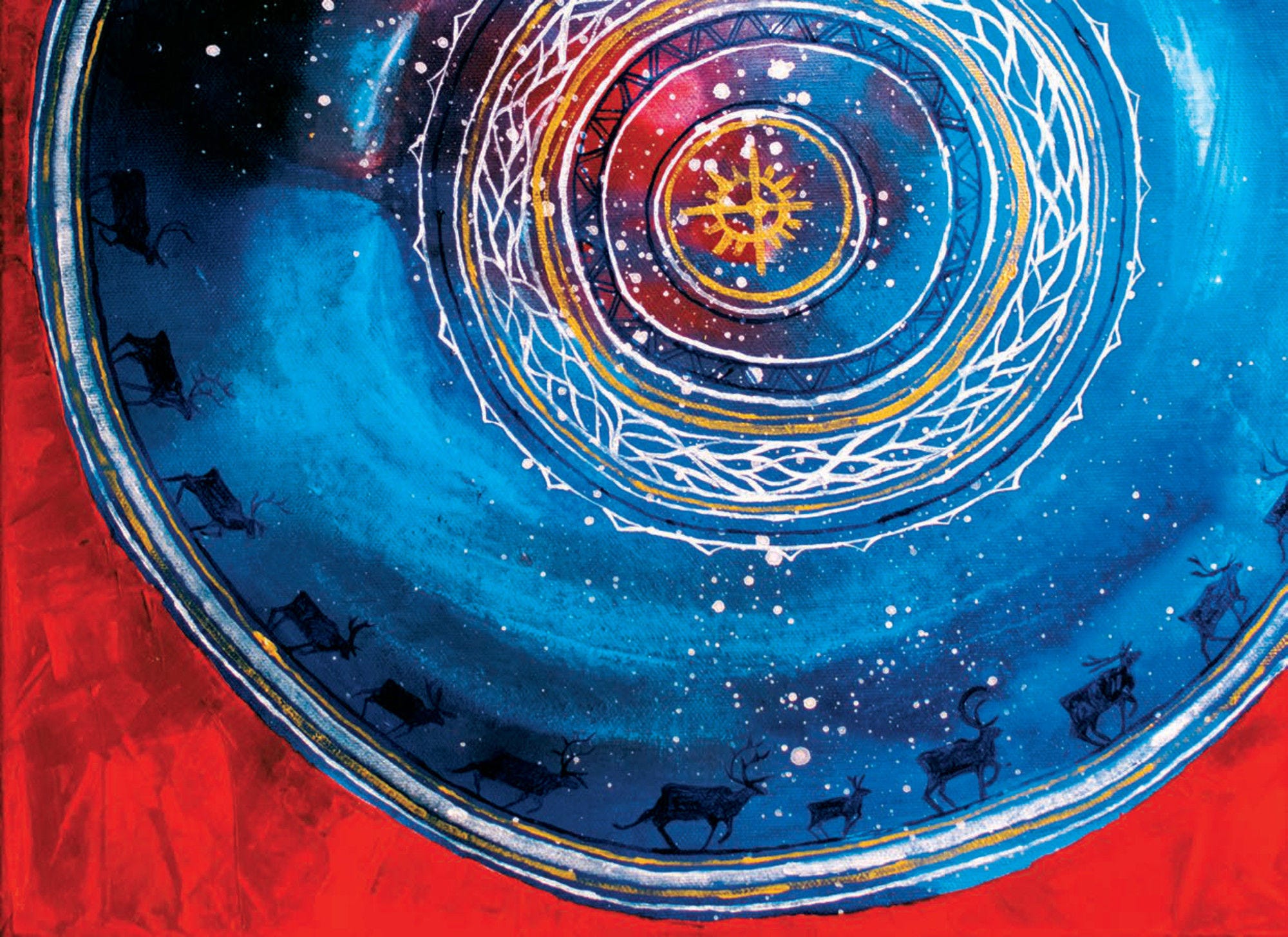The Sami are an Indigenous people who have lived for time immemorial in an area that today extends across the Kola Peninsula in Russia, northern Finland, northern Norway’s coast and inland areas, and the northern half of Sweden. The Sami are the only Indigenous people in Sweden and have an estimated population of around 20 000 to 40 000. A more precise population count is unknown as Sweden does not collect statistical information on ethnicity. A lack of statistical data on the Sami in Sweden makes it difficult to understand the Sami business sector, livelihoods and well-being.
Northern Sweden faces unique challenges related to low population density and remoteness and at the same time has unique strengths – the collective assets of the Sami form one of these strengths. Many Sami businesses draw on traditional knowledge in the management of the landscape and the production of goods and services. Sami businesses tend to balance market participation with non-market values, stressing the importance of sustaining culture over time.
The main Sami business sectors in northern Sweden are reindeer husbandry, tourism and the cultural sector and other rural activities.
The Sami reindeer industry is seeing a growing demand. With around 3 900 reindeer herders in Sweden, the industry’s total turnover is estimated at around USD 43 million. While there are growth opportunities for this industry, it is also limited by such factors as reindeer predators, climate change and competing land uses (e.g. mining).
The unique culture and traditions of the Sami are an important part of regional tourism strategies. However, there are very few Sami entrepreneurs engaged in touristic offerings. A growing nature-based tourism sector with activities such as hunting, fishing, skiing, snowmobiling and dog‐sledding, has the potential to create new sources of income and future employment opportunities for the Sami.
Sami food production and duodji (handicrafts) also show potential for growth. At present, the Sami cultural sector is relatively small. The prospects for the commercialisation for this sector differ and may require either seed capital or grants in order to thrive.
